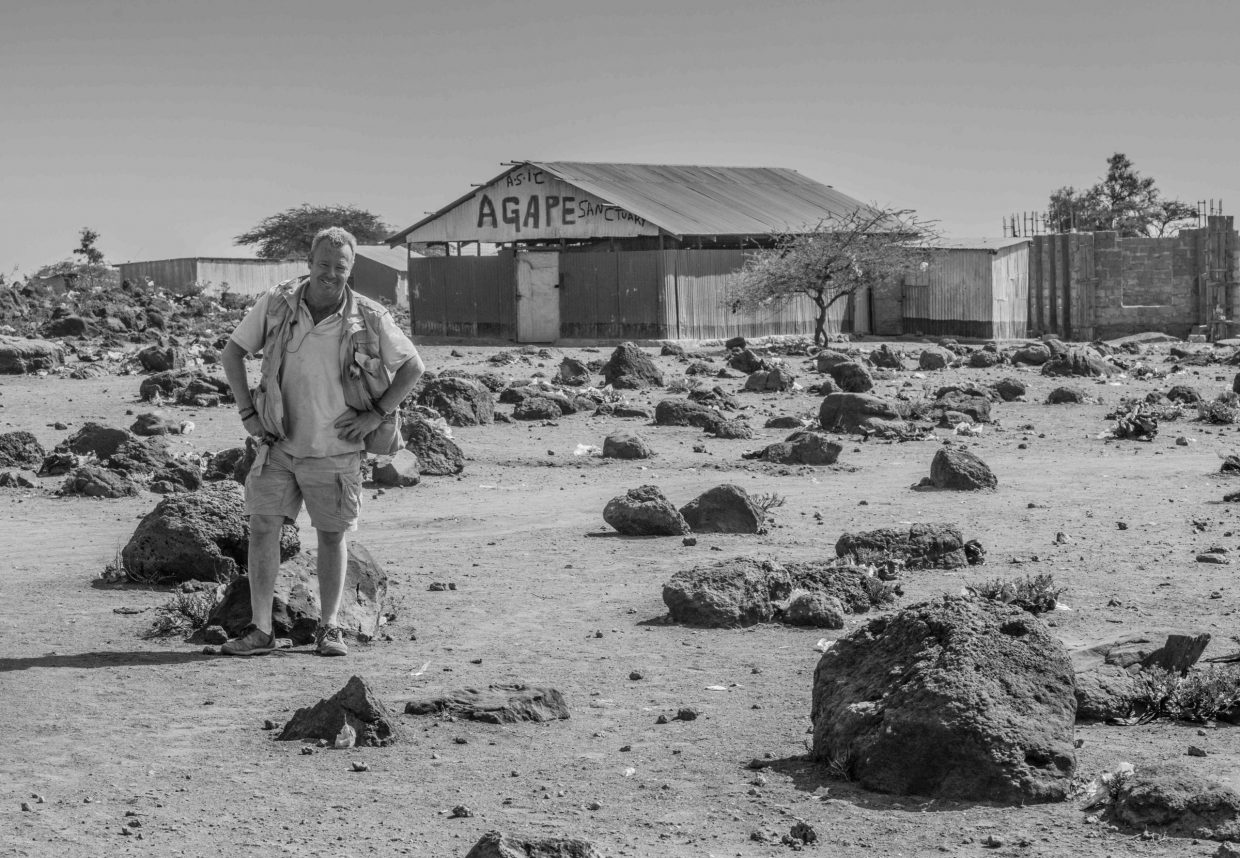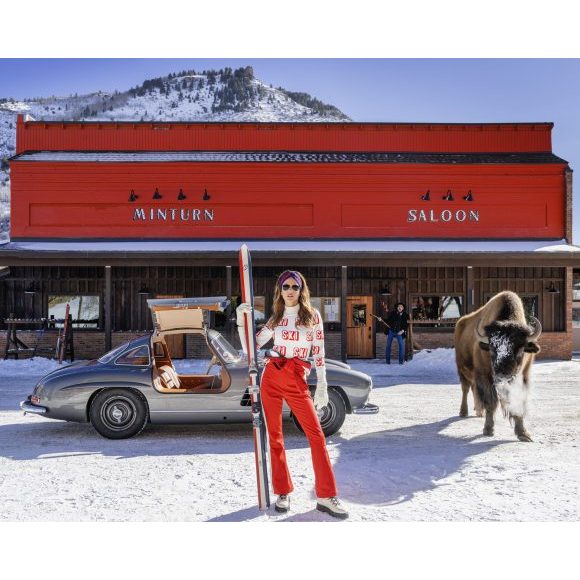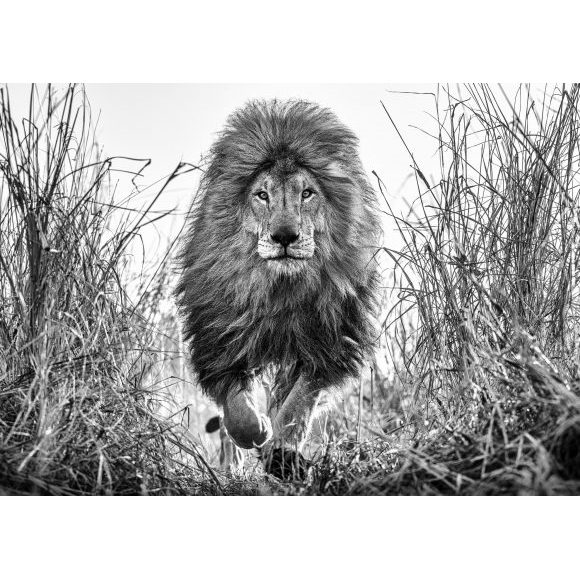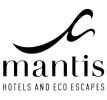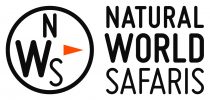Letter From Tsavo
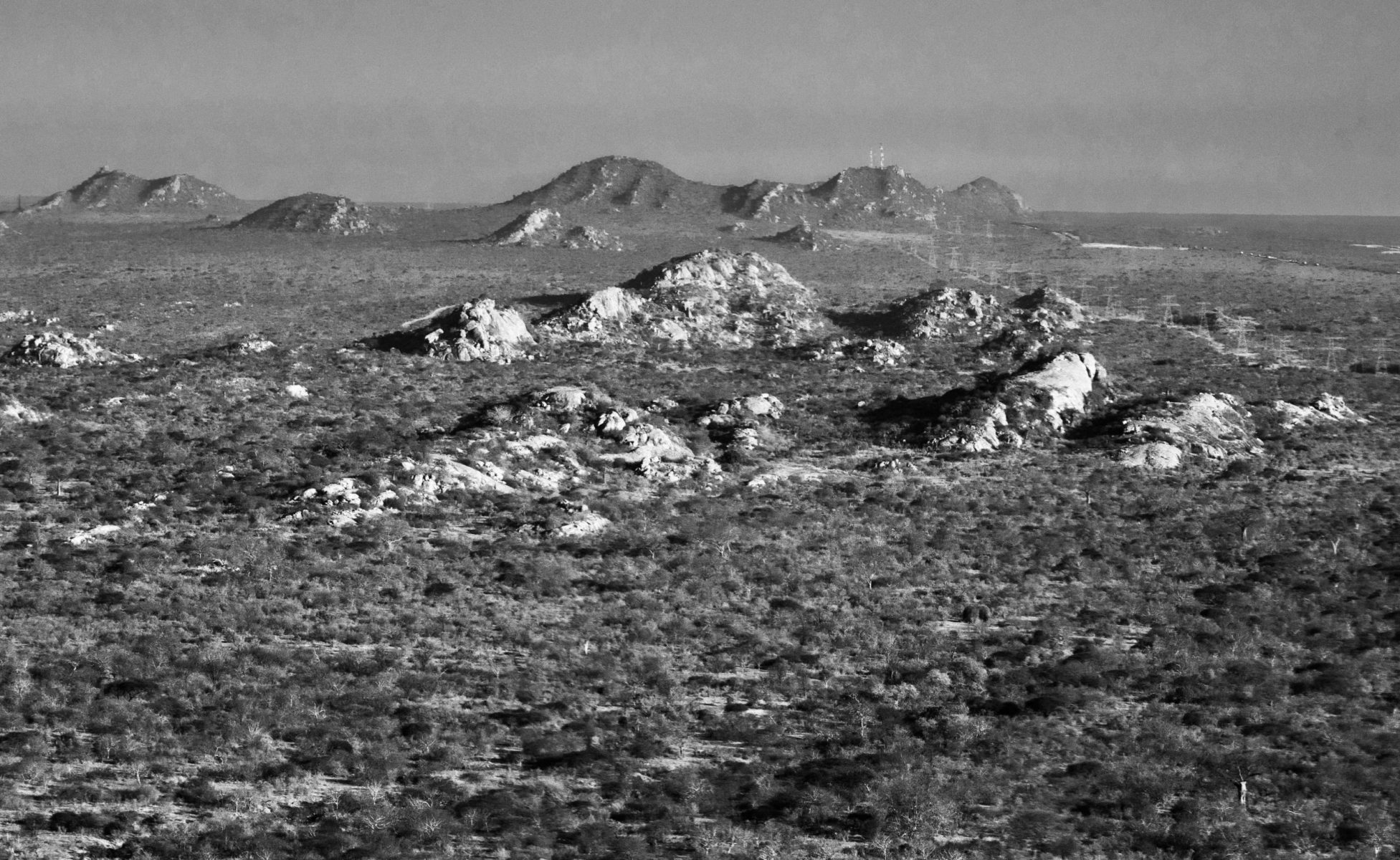
This assignment in East Africa to photograph the last of the big tusker elephants, had been on my bucket list for several years. It is a relevant and emotive subject and to be done well required both cash and brand muscle – the necessary logistical back up was a big step up from simply working routinely on the ground with one vehicle. I had bided my time as I knew that my access could only get better as my reputation as both an artist and a conservationist grew.
We were also working covertly as our goal was the poacher’s goal and this introduced an element of danger into the trip. It would be disingenuous to suggest that we were on the front line – as poaching metadata will always point to the Kruger being the front line. But we were looking for the big guys and their ivory can be worth $200,000 at the end market. Those kinds of numbers allow for the possibility of a suboptimal meeting in the bush.
Overzealous animal activists are an irritant to conservationists and filmmakers alike. Their intentions may be honourable – though I do sometimes wonder – but their due diligence can be both half-baked and lightweight. They are often too long of emotion and time and too short of facts. In contrast, the work of conservationists and filmmakers is often characterised by the depth of their research and knowledge – but never at the expense of the right amount of emotion.
Debates can become uncomfortable when passionate animal lovers thump away angrily on their computers rather than embracing a more thorough research based process. It is not as if there is a lack of empirical data available.
Nowhere does this dynamic play out more than with field and film work with endangered species in East Africa. There are many animal activists who sit in their loungers like a “Monday morning quarter back” and offer the most obtuse commentary on the good work of conservationists in the field. When conservationists celebrate the continued life of a particular elephant or rhino, activists “throw their train set out” and say this is playing into the poachers’ hands, by giving away the location of the animal in question. “Irresponsible commentary” is their cry. Filmmakers get it even tougher.
This is laughably ill informed and in the vast majority of cases those that write this trite nonsense will never have been near Africa, never mind a poacher or a ranger’s gun. We know there are big animals in the National Parks of Kenya – that’s why 80,000 Americans fly there every year to go on safari. To talk proudly of a particular rhino or elephant being alive and kicking in a National Park is not breaking news – just as we find no surprise in spotting a monk in a monastery.
I took abuse about a year ago, when I posted a picture of a famous black rhino and her prehistoric horn. Because I mentioned that I had taken the picture in Lewa, in central Kenya, I was hung out to dry by social media trolls/animal activists and a charming lady from Seattle even suggested that I had effectively signed this primeval beast’s death warrant. The reality was that I said nothing more value added than “There is a good chance of finding a Starbucks in Seattle”.
Whenever I go on a long haul flight – and this year I will take close to 30 – I get bored by about the 5th or 6th hour. I have watched every film, even the really dodgy ones from Bollywood, where they still use ketchup as blood. I have also visited the children’s section, which sometimes provokes passengers nearby to ask for a midflight seat change. I play mini golf and Battleship against myself and then watch the replay of the news, which is no longer news.
"Tsavo National Park is 2/3rds the size of Wales and a great deal less accessible."
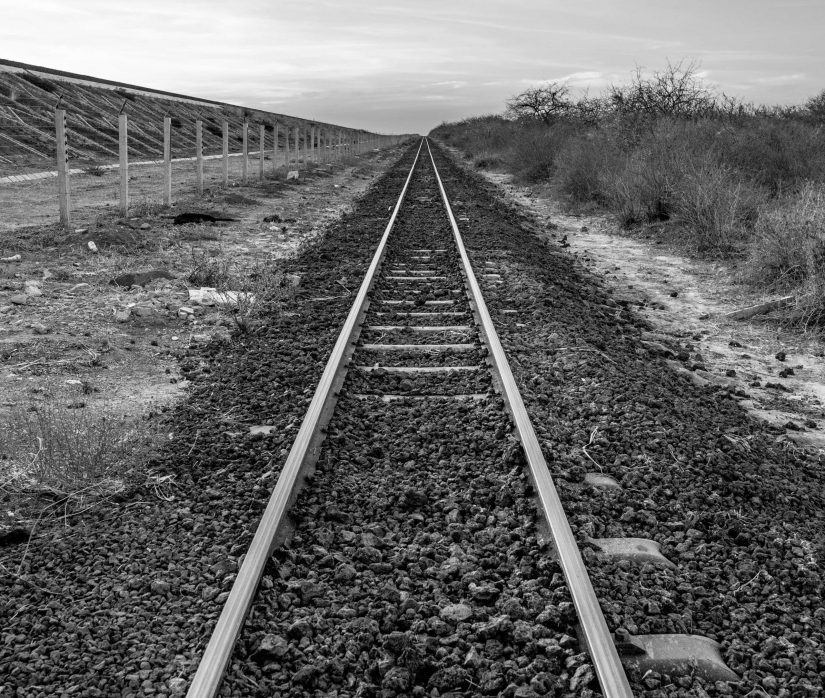
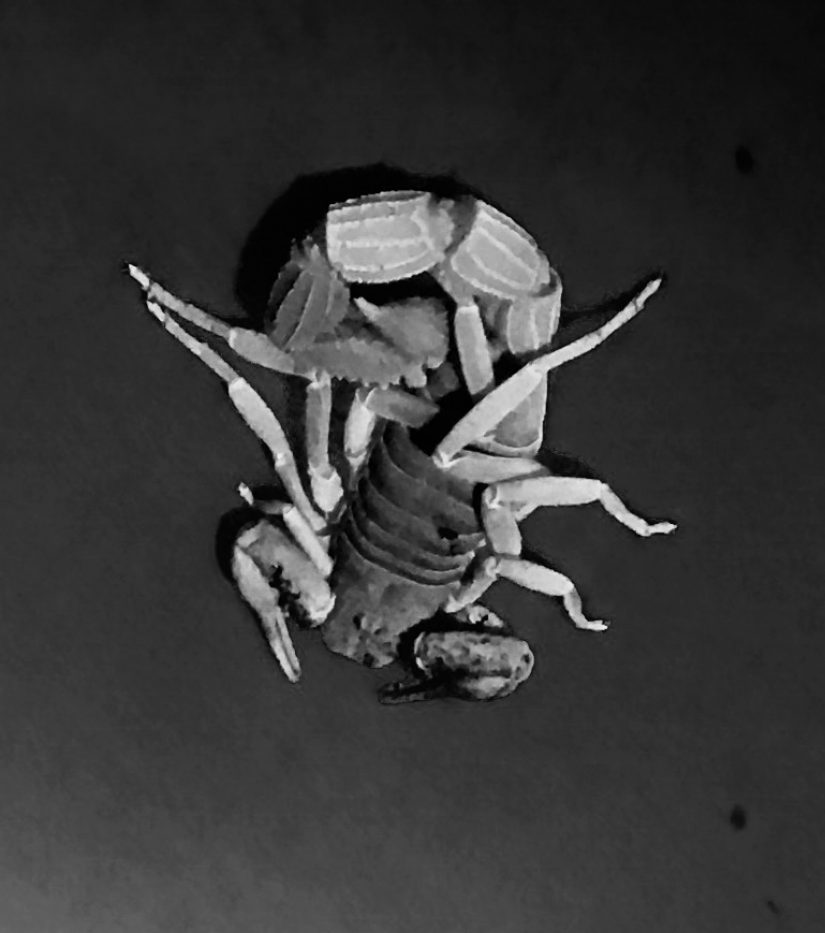
Tsavo is “no country for old men” and an unforgiving place in which to Film. The climate can be scorching and 119 years on from those man eaters, there still seems to be many things that are intolerant of humans – black mambas and cobras for a start, and then when I went to the loo in the middle of the night in my tent, I caught sight of something weird a few feet from my throw. I took a quick iPhone picture for police records and my host, Richard Moller of Tsavo Trust, confirmed the following morning that it was the deadliest kind of scorpion. There was obviously no sleep between the sighting and the debriefing.
I found it difficult to suppress the rather precious notion that Tsavo was not created for visitors. There are all these reptile things that want to kill you – either inside or outside the tent – and furthermore, slap bang in the intersection between Tsavo West and Tsavo East, there is a prison which plays hosts to Kenya’s most notorious criminals. Next door to the prison runs the Mombasa highway which is one of Africa’s most dangerous roads – not even an escaping prisoner would make a run for it across that one. If Botswana is the Malibu of game viewing, Tsavo is the Guantanamo Bay. Were it a location for a Bond film, 007 would be expected to talk and expected to die in Tsavo.
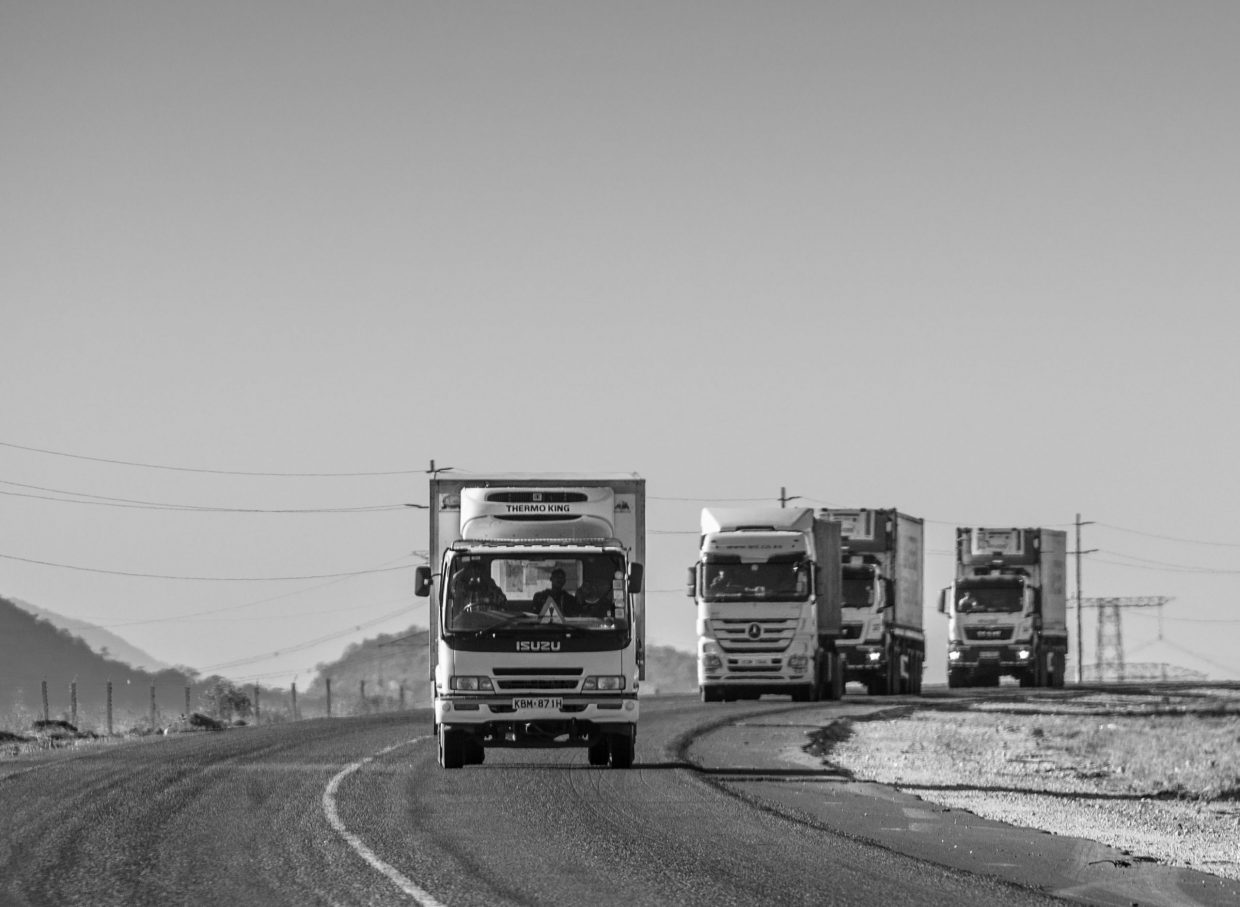
Equally, I rarely film in manicured places that serve visitors visual splendour by day and champagne and caviar by night – the chances of garnering original content in places like the Masai Mara and Okavango are much lower than Tsavo. I also like solitude when I work – seeing other photographers suggests that I am becoming mainstream and heaven forbid that regression.
In many ways, Tsavo is my kind of place – raw and elemental as a canvas and untamed as a habitat. The whole park is characterised by lava rock and there must be something in the minerals as the biggest elephants and the most dangerous lions in the world have called this home.
It is the elephants that I was there for and the resident population – at over 12,000 – has doubled in 30 years. The ivory is big and almost always intact – unlike nearby Amboseli where the tusks have often been broken. It is the gene pool and then maybe the mineral content in the water that results in the elephants of Tsavo having by far the biggest tusks in the world.
This assignment was conceived and executed in partnership with Richard Moller of Tsavo Trust who lives with his new young family on the edge of Tsavo East. There is no way that access to the big Tuskers is achievable on a high percentage rate basis or even a safe basis without Richard’s support and to be more specific – Richard’s plane. We have many mutual friends in common – both Tusk and WildArk are fans of his work – and I am a representative of both conservation NGOs. So the platform was there so long as I behaved myself.
"...the gamble was to try to get to Lugard – the elephant that Richard now believes has the biggest tusks in the world."
From his low level flying, Richard knows the rough whereabouts of about half the big tuskers and of those, he is practical about the ones that are truly inaccessible by foot or Land Rover.
The week that I was there, his findings and topography analysis left us with three or four possibilities and I was very much guided by Richard’s knowledge of the terrain and each elephant’s behaviour as to the 1, 2, 3, 4 ranking of these big tuskers in terms of risk/reward. I had explained to him that it was my intention to get as close as possible and shoot from the ground up and also employ remote controls. This was a whole new approach to elephant photography for Richard.
I explained that whilst I wanted the “cigar” shot, I also didn’t want to put it all on “black” and leave the casino with nothing. In others words, I did what many of us do in a situation that requires a decision, I hedged my bets, crumbled and didn’t give him a decision at all. But the one card we did have was time – and this allowed me to gamble a little at the beginning and the gamble was to try to get to Lugard – the elephant that Richard now believes has the biggest tusks in the world.
The first day of flying, we found him, but there was no way that we could land close and then get close. But we knew that he would need a drink soon and move to where there was a burst water pipe. The second morning we left at dawn and flew over him again at around 6.30 am. He had not moved and we had no option but to turn around – I didn’t even turn the camera on. I was somewhat disheartened fearing that this could get very expensive and there was not much else to shoot in Tsavo – unless I returned and did some close up scorpion work in my tent.
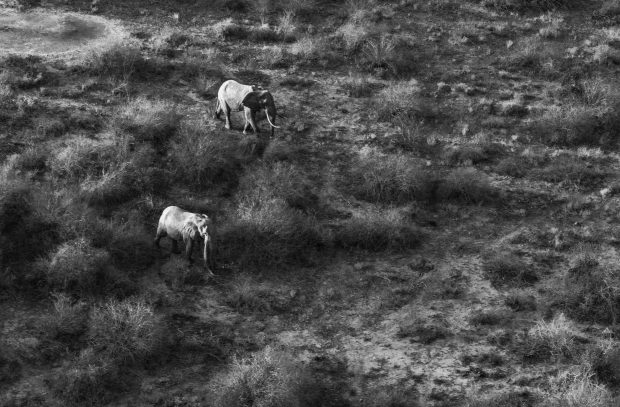
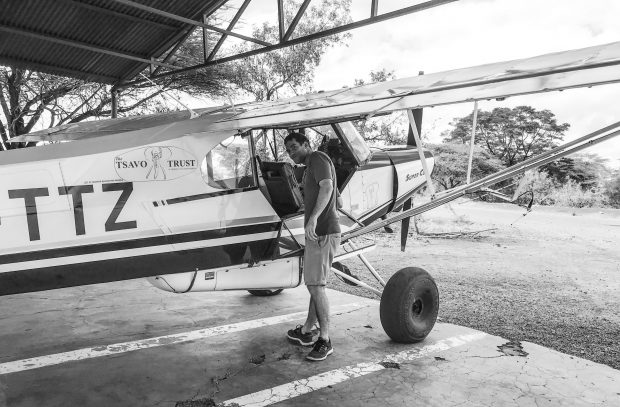
Richard’s plane is also the smallest plane I have ever been in. As my assistant – Alex Ames – dryly suggested, it is not so much a plane, as an overcoat with metal wings and a propeller on your face. Flying with The Tsavo Trust makes an EasyJet flight seem like a trip on Air Force One. Richard is a white Kenyan stereotype – stoic, game and mannered, but geographically challenged. How can he or his fellow Kenyan conservationists do their field job and engage in networking in California at the same time? It is difficult to keep up in Tsavo and it shows – money is tight and the KWS is not perhaps the easiest of partners. I noticed several times with Richard that his conversations with the KWS had no predictability. It can be a random walk in East Africa as it is totally dependent on who is on the other end of the phone, which must be emotionally exhausting.
But I so admire his bravery, his knowledge and most of all, his relentless passion. During that slightly miserable evening after two days of outright failure, his optimism carried us through:
“Lugard needs to drink David – it’s so hot and we know he hasn’t drunk for 72 hours. He will go tomorrow and we will get him”.
And so it proved to be. We took off at first light and 40 minutes later, at around 6.20 am from just 200 feet up, we saw him moving with intent and we knew exactly where he was heading – the burst water pipe that Richard had earmarked as our helping hand. This man knows big tusker behaviour.
I will always remember my first clear sight of his enormous tusks – it was something out of the movie “Ice Age” because – in appearance – he was a mammoth more than he was an elephant. We radioed in ground support, landed on the nearest strip and jumped into the support vehicle all within about seven minutes. This was a military operation, not a safari and these moments really matter. I simply must perform – in fact, I had a responsibility to perform.
In the event, Lugard moved with ever increasing pace to the watering hole – we are all familiar with that causal relationship between thirst and speed of foot – and we intercepted him just 400 yards from the water. That gave me less time than I would have liked to set up the remote and get away, I had perhaps five seconds. But it was just about enough time. It’s a special image.
Alex and I left our time with Richard and his team rather dusty and in need of some respite from the heat, but we had this one big image and another that is none too shabby either. It is pivotal to the structure of any trip to have something in the bag fairly early on – it changes our mood and indeed our strategy going forward. A great image encourages us to increase risk, not reduce it and that was the case as we transferred to Amboseli.
We felt we had met a very relevant modern day conservationist in Richard Moller – his team’s work will help ensure that the big tuskers have a future in Tsavo and what a legacy to leave. In our time in Tsavo we encountered several of the emerging Tuskers – which total around 17 – 20 in the ecosystem – who will ensure that the gene pool runs to other generations. These are mighty elephants with bigger tusks than anywhere outside of Kenya and indeed they still have that final growth phase to come in their tusks – which starts when the elephant is around 35 – 40 and can add 30 pounds in weight to each tusk. The big tusker from Tsavo is the product of a truly extraordinary gene pool – to the best of my knowledge there is no other animal that plateaus in growth and then starts up again in the autumn of their lives.
It would seem that it is the climate and not poachers that is the biggest risk to elephants in Tsavo. Richard suggested that the ratio of premature deaths from hunger, as opposed to the rifle, in the region was around 5-1 and when we were there in October the evidence of six months without rain was stark. Some of the views I had from both plane and by foot looked somewhat apocalyptical and elephants can do a great deal of damage to woodland when hungry. Parts of Tsavo resembled the aftermath of a war zone.
It was then on to Amboseli – home from home for me and a world removed from untamed Tsavo. Amboseli is host to one enormous big tusker – Tim – and this time he was the sole focus of our visit. Tim is such an emblematic elephant that his continued survival carries great symbolic value – in effect he is the world’s first “cult” elephant.
Tim is tagged and the rangers know his whereabouts every four minutes. But that is no help without striking a deal with those rangers and those rangers trusting your motives. Tim’s daily location is not open information.
On our arrival, we were told that he was a long way out of the park – in farm land characterised by huge lava rocks from the volcanic explosion that created Mt Kilimanjaro. We would need to travel for hours through rural Kenyan farming communities to find him. This actually made me rather excited – a road trip through volcanic wasteland below Mt Kilimanjaro to find the world’s most famous elephant sure beats a trip around the M25.
The first trip to see Tim, I underperformed. My camera was too high. It was clear that I had to either use remote controls, hide under the car, or be brave and get out and approach Tim on foot. But on no account could I just shoot from our jeep – that shows neither balls nor brain. Get the horizon down, I kept on muttering to myself – even perhaps in my sleep.
We won on the second trip – a very early start in order to work round first light and when we reached Tim, I imposed myself a little more – which is easy to say and less easy to do. Bunga Bunga is a very powerful image for sure – it’s difficult to know what I would change – what a beast!
